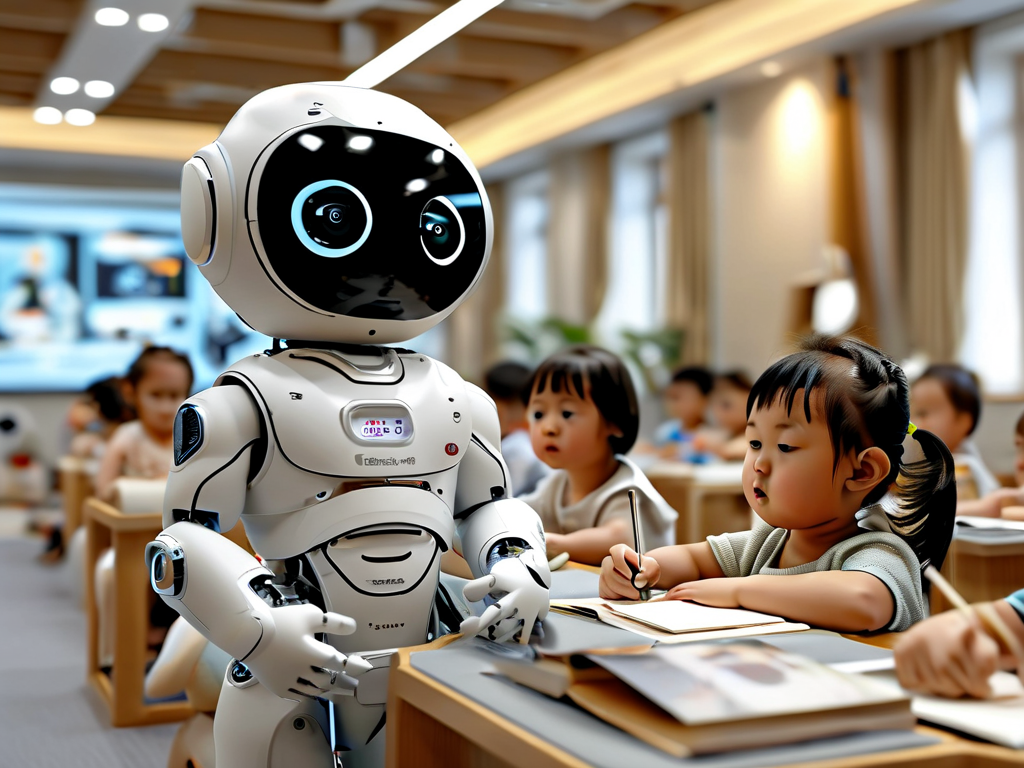The integration of robotics into early childhood education has opened new frontiers in interactive learning. Training early education robots requires a nuanced approach that blends pedagogical principles with advanced technical implementation. This article explores practical methodologies for developing effective robotic systems tailored for young learners while maintaining ethical and developmental appropriateness.

Foundations of Early Education Robot Design
Successful training begins with understanding child development milestones. Robots designed for ages 2-5 must prioritize sensory engagement through tactile interfaces and voice recognition adapted to developing speech patterns. Engineers should collaborate with child psychologists to create responsive feedback loops that align with cognitive growth stages.
A critical technical consideration involves implementing adaptive learning algorithms. Unlike standardized AI models, early education systems require dynamic adjustment capabilities. For instance:
def adjust_difficulty(success_rate):
if success_rate > 0.8:
return increase_challenge()
elif success_rate < 0.4:
return simplify_task()
else:
maintain_current_level()
This code snippet illustrates a basic framework for modifying task complexity based on real-time performance metrics.
Multi-Disciplinary Training Protocols
Effective robot training programs combine three core elements:
- Behavioral modeling using child interaction datasets
- Emotional intelligence programming through sentiment analysis
- Safety protocols for physical and digital interactions
Developers must curate diverse learning scenarios that account for cultural differences and learning styles. A robot trained with monolingual datasets, for example, may struggle in multilingual classrooms. Regular field testing in actual preschool environments helps identify gaps in social interaction capabilities.
Ethical Implementation Framework
As robots become more autonomous, establishing ethical boundaries grows crucial. Training must include:
- Privacy protection measures for child data collection
- Bias mitigation in decision-making algorithms
- Manual override functions for educators
The European Union's AI Act provides useful guidelines for age-appropriate AI systems, emphasizing transparency in automated decisions affecting children's learning paths. Technical teams should implement explainable AI (XAI) features that allow teachers to understand why a robot suggests specific activities.
Maintenance and Continuous Learning
Post-deployment training remains vital for sustained effectiveness. Cloud-based learning systems enable robots to share anonymized interaction data across networks while preserving individual privacy. A 2023 study by MIT Early Learning Lab demonstrated that robots using federated learning improved pattern recognition speed by 37% compared to isolated systems.
Technical staff require ongoing training in both software updates and developmental psychology advancements. Monthly cross-departmental workshops between engineers and educators help maintain alignment between technical capabilities and pedagogical needs.
Future Directions
Emerging technologies like quantum machine learning and neuromorphic computing promise to revolutionize response times and adaptive capabilities. However, the human element remains irreplaceable. Successful implementations, such as Singapore's RoboPal initiative, show that optimal results occur when robots handle repetitive tasks (e.g., pronunciation drills) while teachers focus on creative instruction.
The journey to create competent early education robots demands balanced innovation – pushing technological boundaries while respecting the delicate nature of childhood development. As the field evolves, continuous dialogue between technologists, educators, and policymakers will ensure these tools enhance rather than replace human-led learning experiences.

